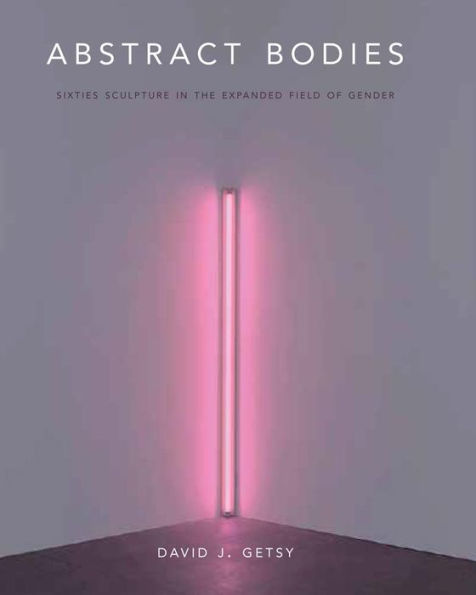Bard College - Michael Brenson
'The insights that emerge from David Getsy’s analyses of sculpture, reception, anecdote, historiography, and of the particular languages – and voices – of artists, are provocative and profound. In the process of locating transformational energies in these artists’ works, Getsy not only connects us more intimately to each artist but also redirects the field of postwar abstract sculpture.' Michael Brenson, Bard College
University of Southern California - Jack Halberstam
'Abstract Bodies makes a remarkable intervention into art history, combining a rigorous attention to the history of sculpture with surprising and elaborate readings of the art of the 1960s. As a result of his disciplined attention to abstract forms rather than figural representations of the body, David Getsy has opened a new chapter in art history. This is a brilliant and original book and will change the way we think about the dynamics between art, embodiment, plasticity, and queer form.' Jack Halberstam, University of Southern California
University of California at Riverside - Jennifer Doyle
'Abstract Bodies more than bridges art history and gender studies—David Getsy demonstrates that these fields need each other. This book shows us how to see gender's capacities in texture, light and form—loosened from the discourse of sex, gender becomes a material possibility. This is essential reading for anyone who wants to know how to write about sculpture, or who wants to know how queer art history can be.' Jennifer Doyle, University of California at Riverside
University of Arizona - Susan Stryker
'David Getsy's Abstract Bodies represents a welcome convergence of the long established academic discipline of art history with the more recent interdisciplinary field of transgender studies. This book is not a history of transgender artists or transgender themes in art, but rather a path-breaking application of transgender studies as a heuristic lens. His deft coupling of subject matter and critical framework enables readers to grasp the profound extent to which the plasticity of shape and transformation of substance in reference to human being is a central feature of recent Western history.' Susan Stryker, University of Arizona



